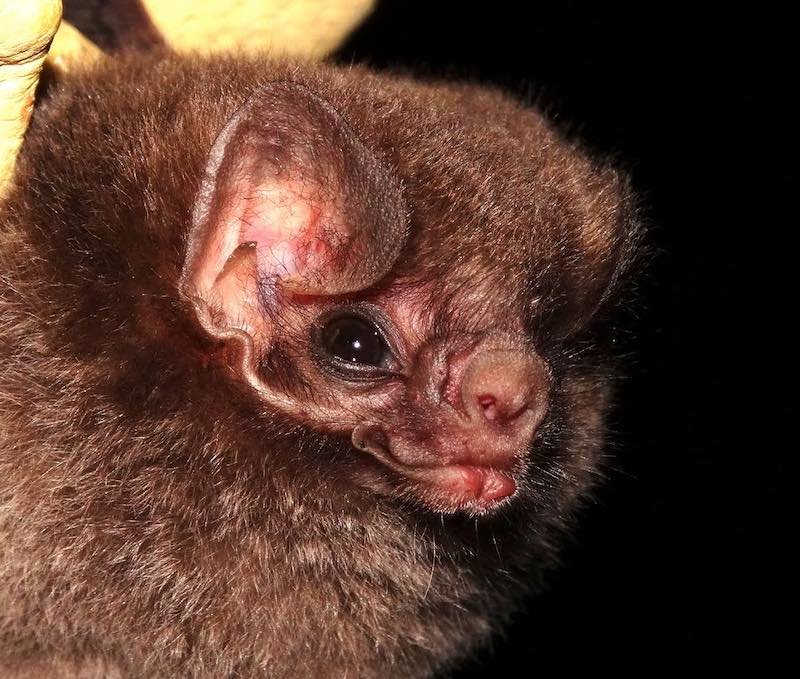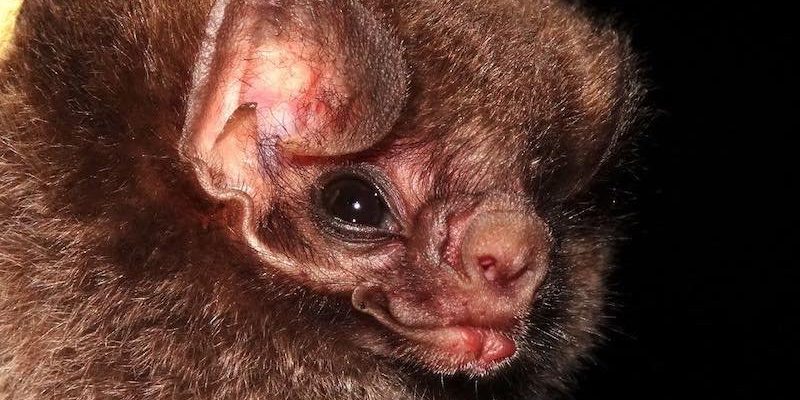
Now, imagine this: the vampire bat is much like a character in a dramatic play—evolving over millions of years, adapting to survive in a world that’s constantly changing. They showcase a blend of evolution driven by necessity, environment, and yes, a touch of the uncanny. Let’s dive into their evolutionary journey and uncover what makes them so intriguing.
The Basics of Bat Evolution
To understand the evolution of vampire bats, we first need to look at bats in general. Bats belong to the order Chiroptera, which means “hand wing.” They first appeared around 50 million years ago, which is quite a long time if you think about it! Over time, they adapted to various environments, leading to the development of different species.
Interestingly, bats are divided into two main groups: microbats and megabats. Microbats, which include vampire bats, are smaller and often use echolocation to navigate in the dark. This ability is crucial for hunting and avoiding predators. Megabats, on the other hand, are larger and primarily rely on their keen sense of sight and smell.
You might be wondering, how did the vampire bat come to be? Well, their ancestors likely evolved from insectivorous bats that gradually started feeding on the blood of larger animals. This shift in dietary habits set them on a unique evolutionary path.
Meet the Vampire Bat: Different Species
There are three species of vampire bats: the common vampire bat, the hairy-legged vampire bat, and the white-winged vampire bat. Each has its own quirky characteristics, but they share some notable traits.
The common vampire bat is perhaps the best known. Found primarily in Central and South America, it’s notorious for its blood-feeding habits. It typically preys on livestock, making it both fascinating and feared. The hairy-legged vampire bat is slightly smaller and has adaptations for better movement in dense vegetation. Lastly, the white-winged vampire bat is the least studied but is also known for its unique feeding behavior.
What’s fascinating is how evolution shaped these bats to become efficient blood-feeders. Their specialized teeth and heat sensors in their noses help them locate blood vessels on their prey. This evolutionary toolkit allows them to feed with minimal harm to their hosts.
How They Feed: Evolutionary Adaptations
When it comes to feeding, vampire bats have evolved some truly remarkable adaptations. Their specialized teeth are razor-sharp and designed to make quick, clean incisions in the skin of their prey. This allows them to take just enough blood without causing significant damage.
Then there’s their saliva, which contains an anticoagulant enzyme called draculin. This keeps the blood flowing while the bat feeds. Imagine it as their secret sauce! This adaptation not only ensures a steady meal but also minimizes the risk of the host animal waking up in the middle of feeding.
Another key aspect of their feeding strategy is social behavior. Vampire bats often share meals with other bats. They will regurgitate blood for their roostmates who might not have been able to feed that night. This act of sharing, known as food sharing, is vital for survival in their communities and demonstrates their complex social structures.
Habitat and Distribution
Vampire bats are primarily found in Central and South America, thriving in warm environments. Their preferred habitats include forests, grasslands, and areas close to livestock, as these provide ample feeding opportunities.
The adaptability of vampire bats is quite impressive. They can roost in a variety of places, including caves, tree hollows, and even man-made structures. This flexibility in habitat selection allows them to thrive in changing environments—be it a dense jungle or a rural farm.
You might find it interesting that, despite their name and reputation, vampire bats make up a tiny fraction of the bat population. While many species are insectivorous or fruit-eating, vampire bats highlight how evolution can carve a niche that uniquely fits certain creatures within an ecosystem.
The Role of Vampire Bats in Ecosystems
Vampire bats might seem like villains in the animal kingdom, but they actually play a role in their ecosystems. As blood-feeders, they act as natural predators to their prey, helping manage livestock populations and keep ecosystems balanced.
However, they aren’t just about blood; their feeding habits can promote the health of their hosts. By feeding on animals that are often weak or sick, they can indirectly contribute to the strengthening of the herd. It’s a complex dance of predation, survival, and adaptation.
That said, the relationship between vampire bats and livestock can lead to some real challenges. Farmers often view them as pests due to the potential for spreading diseases, like rabies. This dynamic highlights the balance between respecting nature and managing human concerns.
Conservation and Challenges
Like many species on our planet, vampire bats face several challenges. Habitat loss due to deforestation, agricultural expansion, and climate change all threaten their populations. When natural habitats shrink, vampire bats must adapt or risk extinction.
Moreover, there’s a common misconception that vampire bats pose a significant threat to livestock. This fear often leads to culling practices that can harm their populations. Education is key here; understanding vampire bats and their role in ecosystems can foster coexistence rather than conflict.
Conservation efforts are crucial to ensure these fascinating creatures continue to thrive. Initiatives focusing on habitat preservation and educating farmers about vampire bat behavior can help mitigate conflicts and support biodiversity.
The Fascination with Vampire Bats
Vampire bats hold a special place in human culture, often represented in stories, movies, and folklore. Their association with blood and the supernatural evokes both fear and intrigue. Yet, beneath the surface, they’re misunderstood creatures that play an important role in their environments.
The blend of science and myth surrounding them can be captivating. As we learn more about their evolutionary history, we uncover layers of complexity that challenge the typical portrayals of bats in popular culture.
When you really think about it, the evolution of vampire bats isn’t just a tale of blood-feeding; it’s a story of survival, adaptability, and the intricate relationships that exist in nature.
In summary, the vampire bat is a vibrant example of how evolution shapes life, leading to fascinating adaptations and interactions. They remind us that even the most misunderstood creatures have important roles to play in our world.
As we continue to explore their evolutionary history, we deepen our appreciation for these unique animals and the wild world they inhabit.

